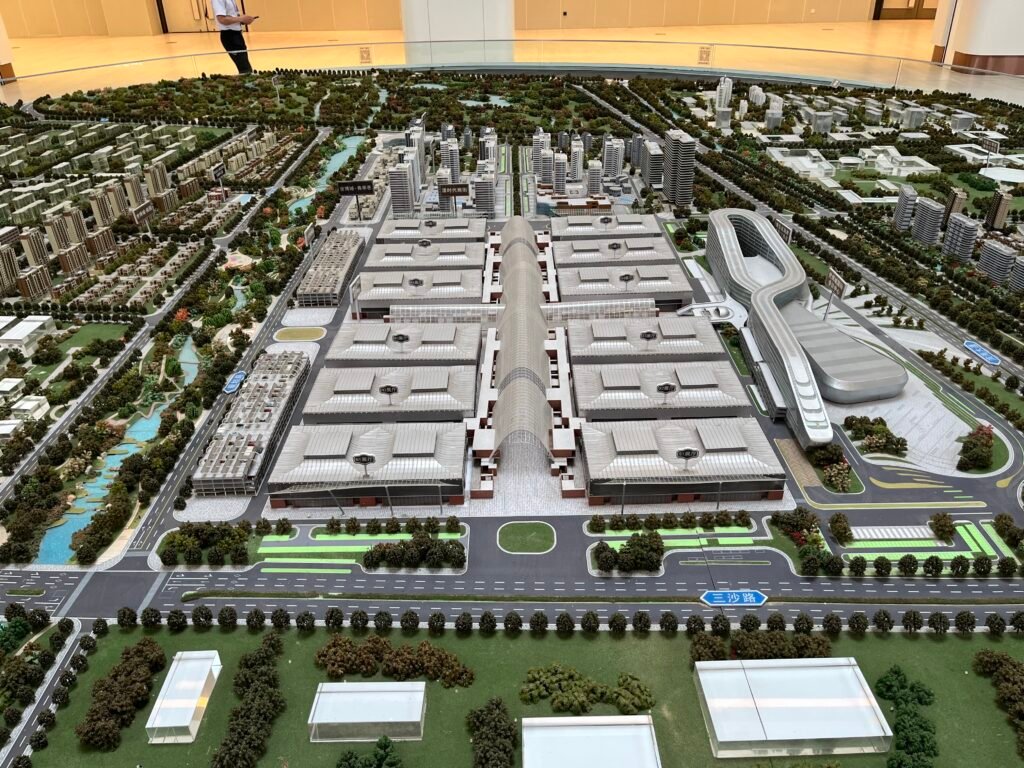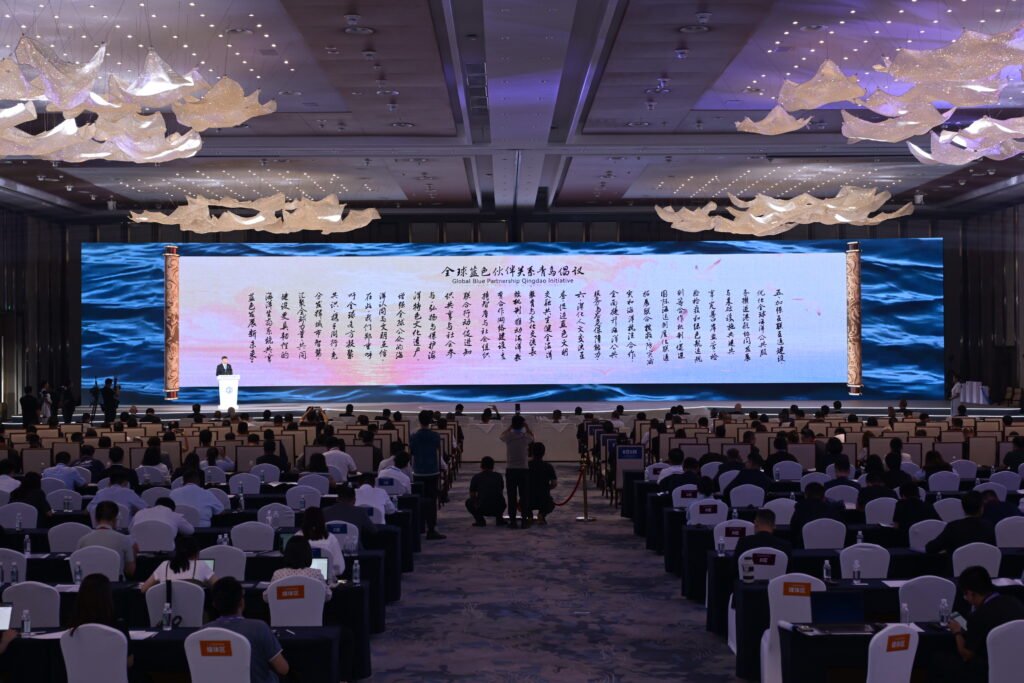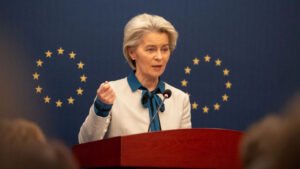A region’s ecological conditions fundamentally shape the nature and quality of its economic activities. In this regard, it is crucial that local administrative bodies possess an in-depth understanding of the territories under their governance, develop economic plans aligned with the region’s ecological characteristics, and build the necessary infrastructure accordingly. The more profound the administrative capacity for such contextual knowledge, the more effectively the region’s economic future can advance.
If a region that hosts economic activities lacks rational incentives and effective planning from its local administration and is instead left solely to the spontaneity of the market, the risk of developing a distorted economic structure becomes significant. This tendency is particularly evident in the inconsistencies among structures created by individual units operating within the limits of their own perceptions and resources. Challenges such as unregulated urbanization, structural unemployment, and the inability to secure appropriate markets for products are often symptomatic of the absence of coherent central planning.
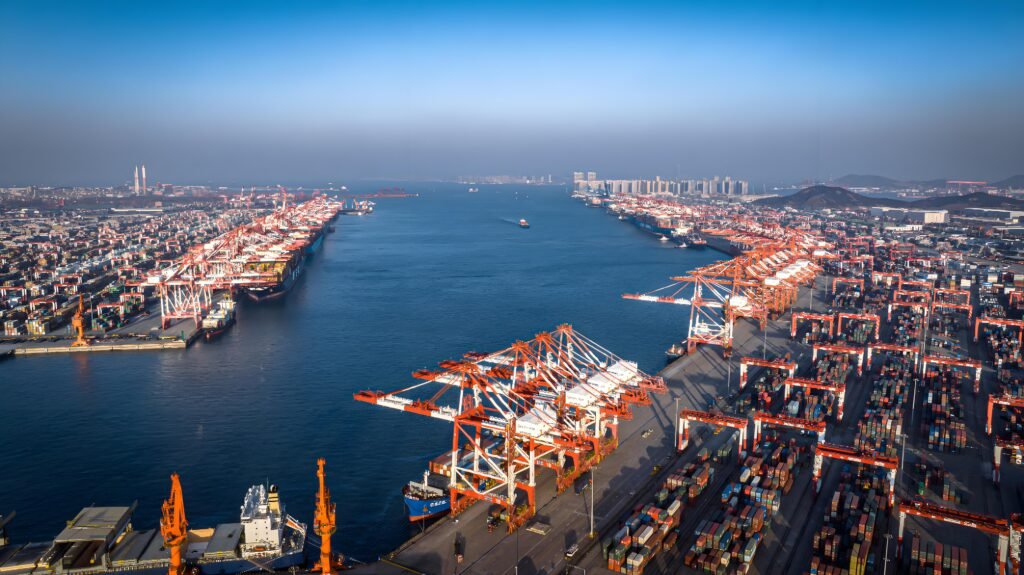
An Economy of Production Compatible with Ecological Conditions: The Example of Qingdao
Qingdao illustrates a compelling case of a city where the local government consistently and effectively guides market dynamics while taking into account the region’s ecological conditions. By strategically leveraging its geographical advantages, the city has developed into a major port of both national and global significance. Its 905.2 kilometers of coastline and 49 natural bays provide highly favorable conditions for the establishment of deep-water ports.
The Port of Qingdao, as a major port complex, ranks among the largest in China and is listed among the world’s ten busiest ports. It maintains trade connections with more than 150 countries and regions while annually accommodating over 30,000 vessels. Qingdao’s maritime potential has been harnessed with notable effectiveness through the strategic planning of the local government, sustained infrastructure investments, and deliberate market orientation.
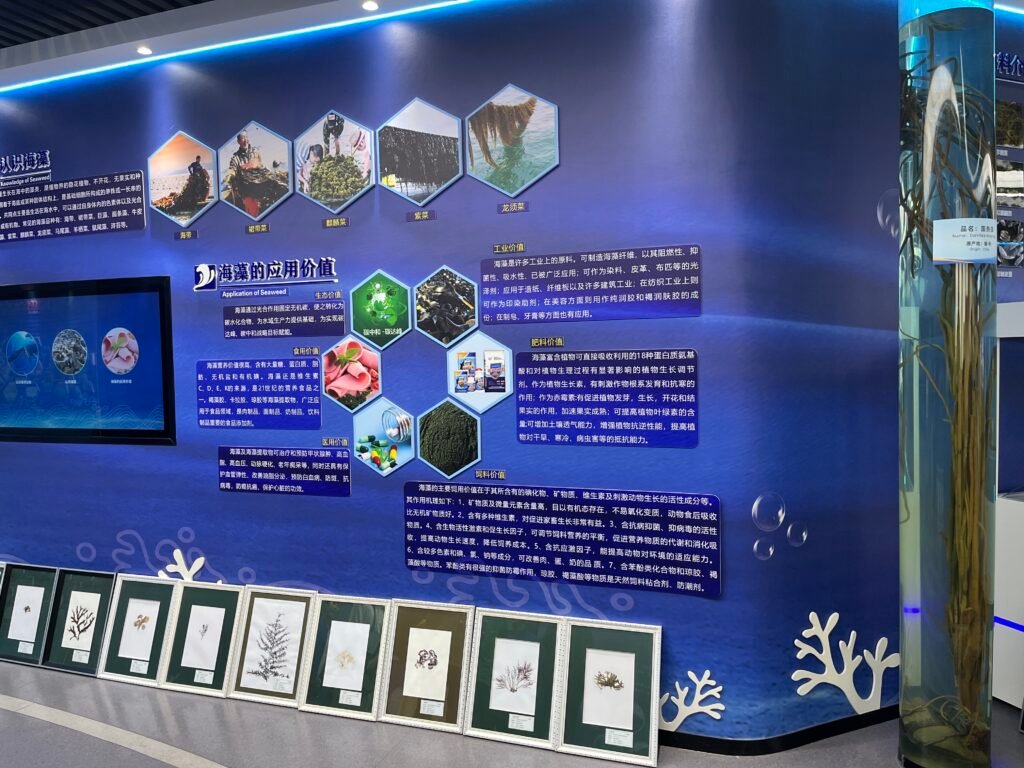
Beyond its role as a major port city, Qingdao has in recent years achieved significant advances in the marine economy. In pursuit of a 6.5% growth target for maritime GDP in 2025, the local government is implementing 170 priority marine projects with a total investment of CNY 240 billion. Of these, 40 projects are scheduled for completion in 2025, with 20 expected to become operational within the same year. While traditional maritime industries are being modernized, substantial investments are also directed toward innovative marine technologies. For instance, in the fields of algae production and marine biotechnology, Qingdao-based companies are developing seaweed-derived pharmaceuticals and nutritional supplements. Under the “Blue Medicine Library” initiative (also translated as the “Blue Drug Library”), the anticancer drug BG136 is projected to advance to Phase II clinical trials, while the hepatitis B-virus treatment LY102 is expected to enter Phase I trials.
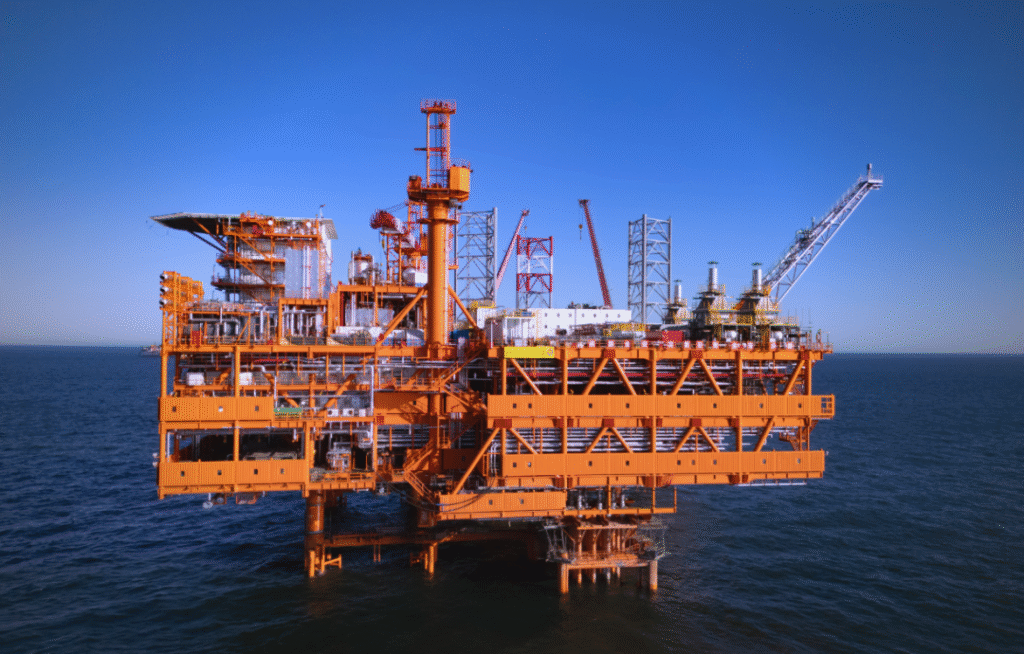
Qingdao, a metropolis of 10 million inhabitants, also plays a pivotal role in the construction of offshore oil and gas platforms. Notably, the Kenli 10-2 Central Processing Platform—the largest offshore oil and gas platform in the Bohai Sea—was constructed in Qingdao and transported to its operational location in May 2025. The platform stands 22.8 meters tall, covers an area equivalent to fifteen basketball courts, and has a design weight exceeding 20,000 tonnes. Equipped with AI-assisted production and energy management systems, it provides a smart, low-carbon operational environment.
Advanced Marine Technologies and Search-and-Rescue Solutions
Qingdao also stands out in delivering advanced technological solutions in the field of marine affairs. Companies such as Qingdao Huaxunyun Technology implement a six-dimensional coordination system—covering land, sea, air, space, electricity, and network—in their marine search and rescue operations.
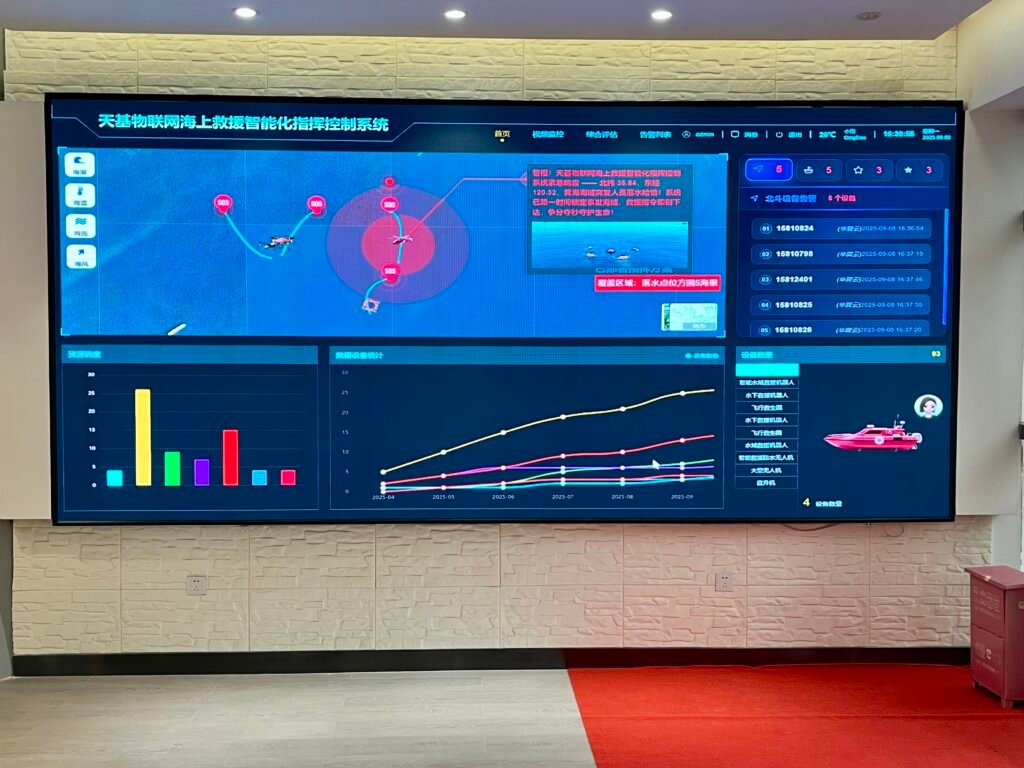
One of their innovations, the “Sky-to-Sea Internet-Connected Smart Search and Rescue Command System,” integrates satellite and AI technologies to establish a global rescue command capability. The company has also developed products including multi-rotor waterproof UAVs, underwater rescue robots, vertical take-off fixed-wing UAVs, and flying lifebuoys.
Their smart life jackets, equipped with active water alarms and navigation devices, can detect individuals who fall into water and instantly determine their precise location. For models designed for children, the positional detection margin of error is less than half a meter.
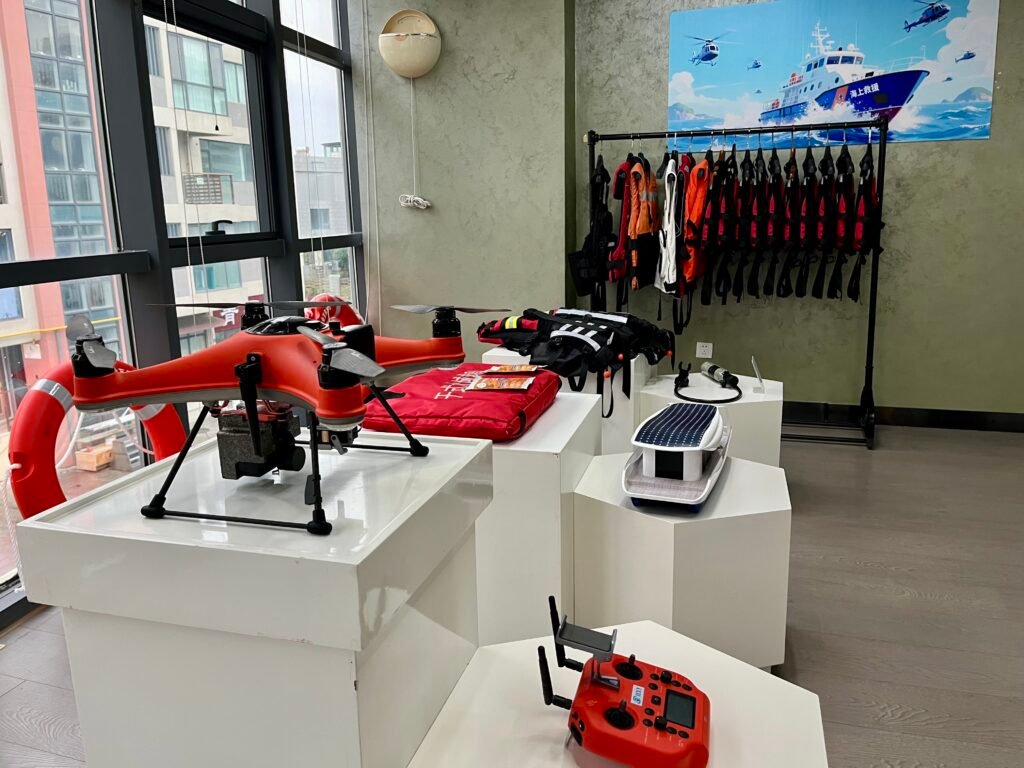
The Importance of Forums and Exhibitions for Increasing Interconnectivity Between Sectors
As a concrete demonstration of the state’s capacity to facilitate connectivity among economic actors, exhibitions and forums function as institutional platforms where firms can interact directly, exchange knowledge and best practices, establish collaborative ventures, and reinforce intersectoral networks. Such events are crucial not only for the exchange of goods and services, but also for enabling technology transfer, stimulating innovation, and promoting integration into global value chains. Furthermore, the active participation of public- and private-sector stakeholders allows for direct engagement with policymakers, thereby fostering the emergence of sector-specific feedback mechanisms and enhancing the adaptive capacity of governance structures within the broader market system.
2025 Global Ocean Development Forum
The second Global Ocean Development Forum of 2025 is held in Qingdao’s West Coast New Area from 7-9 September. Around 700 participants from 68 countries and regions gathered for this forum, which addressed cooperation in sectors linked with the sea, maritime economy, technology, comprehensive governance, and culture, sharing experiences in maritime-related fields.
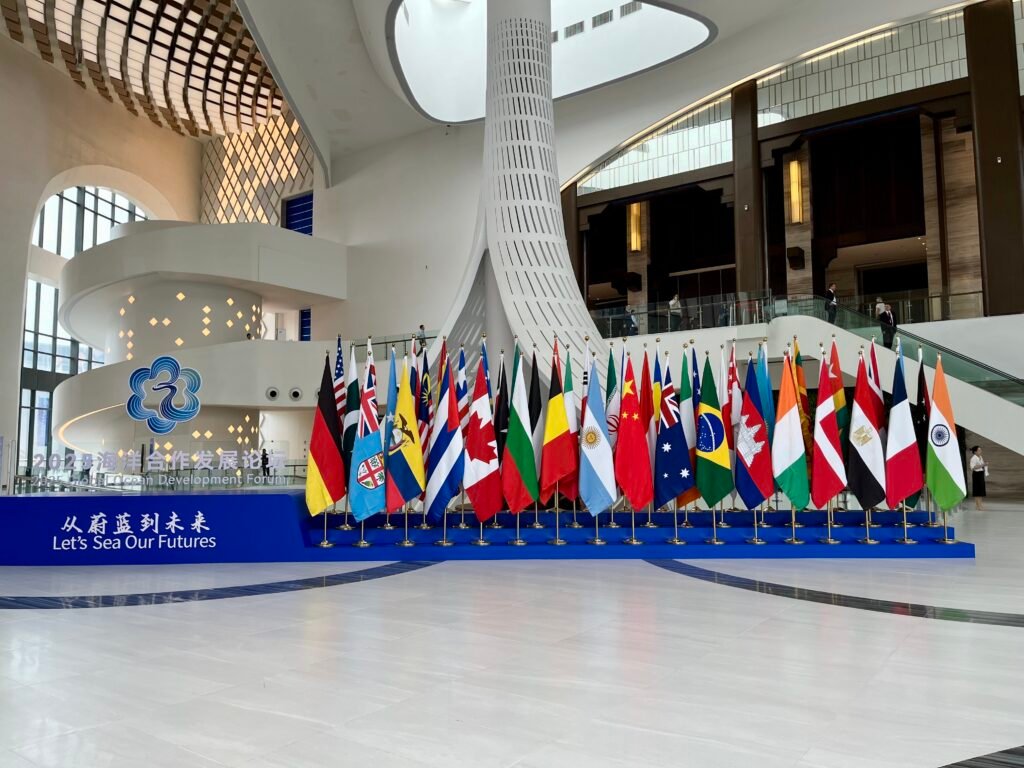
Organized jointly by the Shandong Local Government and the Ministry of Natural Resources, the forum’s theme is “Let’s Sea Our Futures—Developing a Sustainable Marine Economy for Living Oceans.”
At the forum, in addition to senior officials from island and coastal countries, participants included the Minister of Natural Resources of the People’s Republic of China, the Vice Chairman of the National Committee of the Chinese People’s Political Consultative Conference, the Governor of Shandong Province, the Secretary of the Shandong Provincial Committee, the United Nations Secretary-General’s Special Envoy for the Ocean, as well as senior executives from technology giants such as Huawei and Tencent, all of whom shared their assessments on the future of seas and oceans.
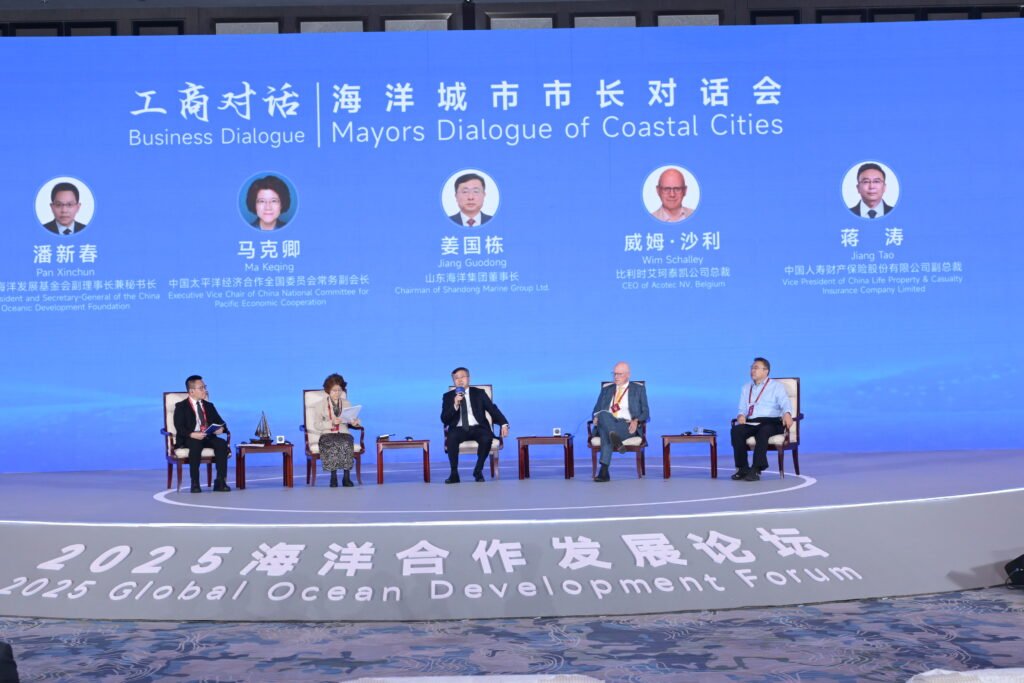
The forum was organized around an opening ceremony and main forum, along with a dialogue session among mayors of coastal cities, four parallel forums, and five special events. The agenda covered issues related to the United Nations “Decade of Ocean Science for Sustainable Development,” including the high-quality development of the marine economy, innovation in marine science and technology, marine ecological governance, transition to green maritime transport, marine biomedical research, deep-sea resource exploration, and the cultivation of young maritime talents. In addition, during the opening ceremony, it was announced that the Secretariat of the UN Ocean Decade Coastal Cities Platform would be established.
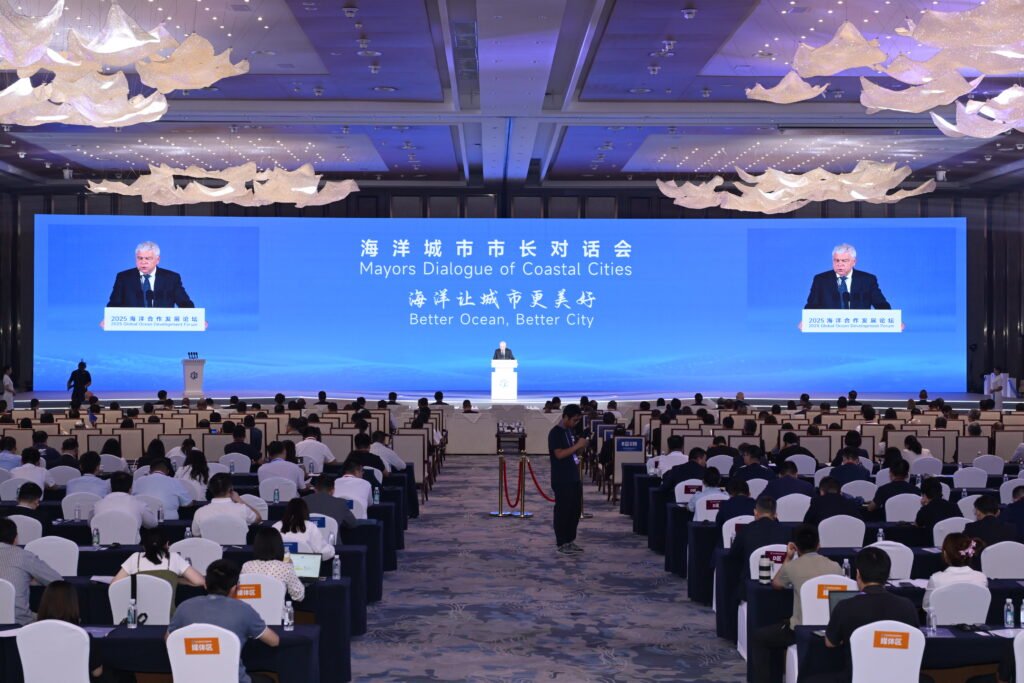
Among the five accompanying events were the 2025 East Asia Marine Expo, the 2025 RoboCup Asia-Pacific Qingdao International Invitational Tournament, the inaugural UN Ocean Decade Marine Ecological Conservation and Restoration Competition, three international training programs, and the International Ocean-themed Calligraphy and Painting Exhibition.
Robotics Exhibition Held within the Forum
As part of the 2025 Global Ocean Development Forum, a robotics exhibition drew attention with the latest advances in humanoid robot technologies. The new generation of compactly designed robots demonstrated advanced mobility capabilities, including running, climbing stairs, walking on inclined surfaces, and maintaining balance on a single foot. Thanks to open-source systems, these robots can be customized for different needs, offering significant advantages for researchers and developers.
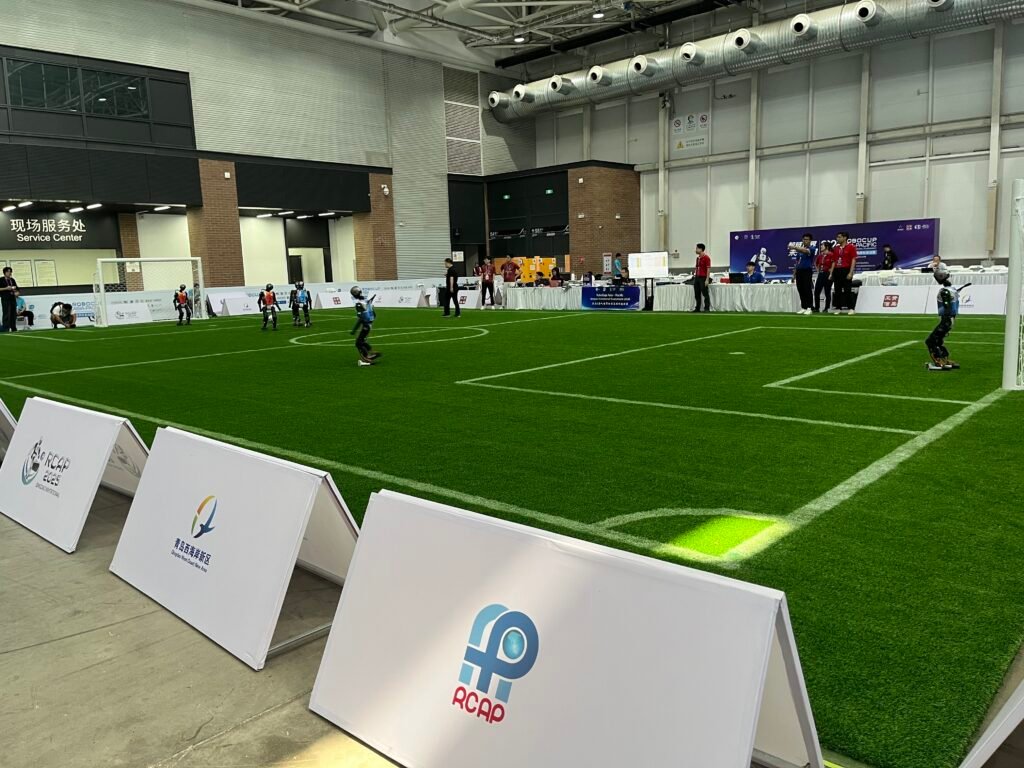
The exhibition also highlighted the potential applications of humanoid robots in areas such as ocean exploration, seabed research, wreck inspections, and environmental monitoring. Projections that the global humanoid robot market will reach tens of billions of yuan in 2025 underscore the sector’s growth momentum. The forum thus provided an important platform for exploring new opportunities arising from the intersection of robotics and marine technologies.
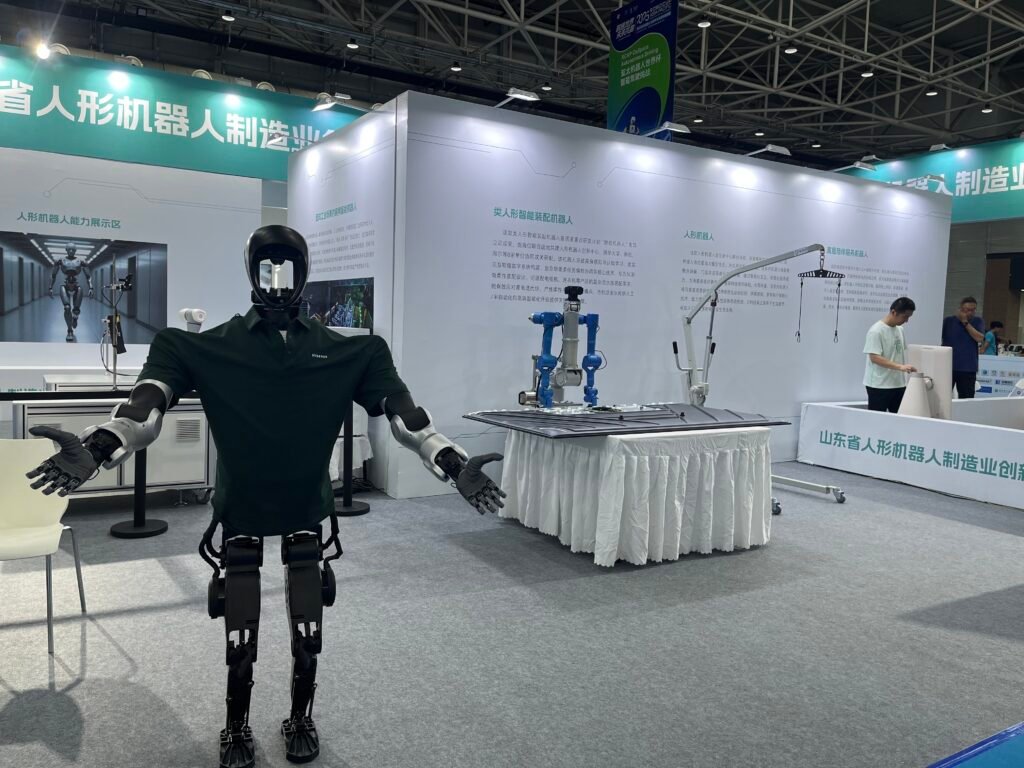
Conclusion
Central governments play a crucial role in ensuring that production units within a sector align their objectives, coordinate experience and resources, and enhance interconnectivity across related industries. Establishing an inclusive economic system and consolidating it through robust infrastructural foundations are tasks that market forces alone cannot achieve. Since the motivation behind these responsibilities stems from long-term national development and social welfare—rather than immediate commercial profit—the invisible hand of the market cannot address all dimensions of the economic system. The structural gaps that arise, along with unrealized social potential, necessitate both recognition and active intervention by the state. For governments to exercise such competence effectively, a governing ethos attuned to these responsibilities must be cultivated. In this regard, a socialist-oriented approach and the principles of public administration provide values that complement the capitalist dynamic, rendering it more purposeful and aligned with collective societal goals.
